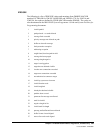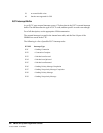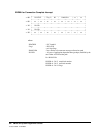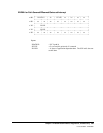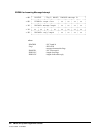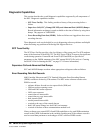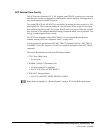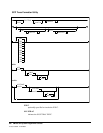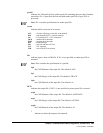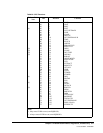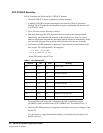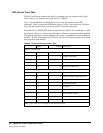
Chapter 5. Problem Determination, Diagnostics, and Recovery 367
1st ed., 6/30/04 - 312579601
SCP External Trace Facility
The SCP can trace interrupt, IUCV, I/O, dispatch, and GTRACE events as they occur and
send the trace records to a designated virtual machine for later analysis. The target may be
any virtual machine in an RSCS network.
The system TRACE task (SLKTKT) is responsible for writing the trace records to a VM
punch spool file. The records are written in a special format, where a logical record may
span multiple physical records. The system TRACE task is not traced. When the external
trace function is first enabled, additional storage is obtained which is never released. This
storage is used for queued trace records.
The SCP Trace Formatter utility (SLUETRAC) is used to format the records into a
readable format (“SCP Trace Formatter Utility” on page 368).
Tracing parameters are altered by SCP SET TRACE command. Refer to ‘‘SET TRACE
Command’’ in the HSC Operator’s Guide for a complete description of the SET TRACE
command.
The traced data includes the following SCP data structures:
1. TTE (Trace Table Entry)
• for all events
2. IPARML (VM IUCV Parameter List)
• for all external IUCV interrupts
• for IUCV SEVER, ACCEPT, REJECT
3. IUB (IUCV Request Block)
• for IUCV CONNECT, SEND, RECEIVE, REPLY
Note: Refer to Appendix C, “Record Formats” on page 497 for the IUB record layout.



